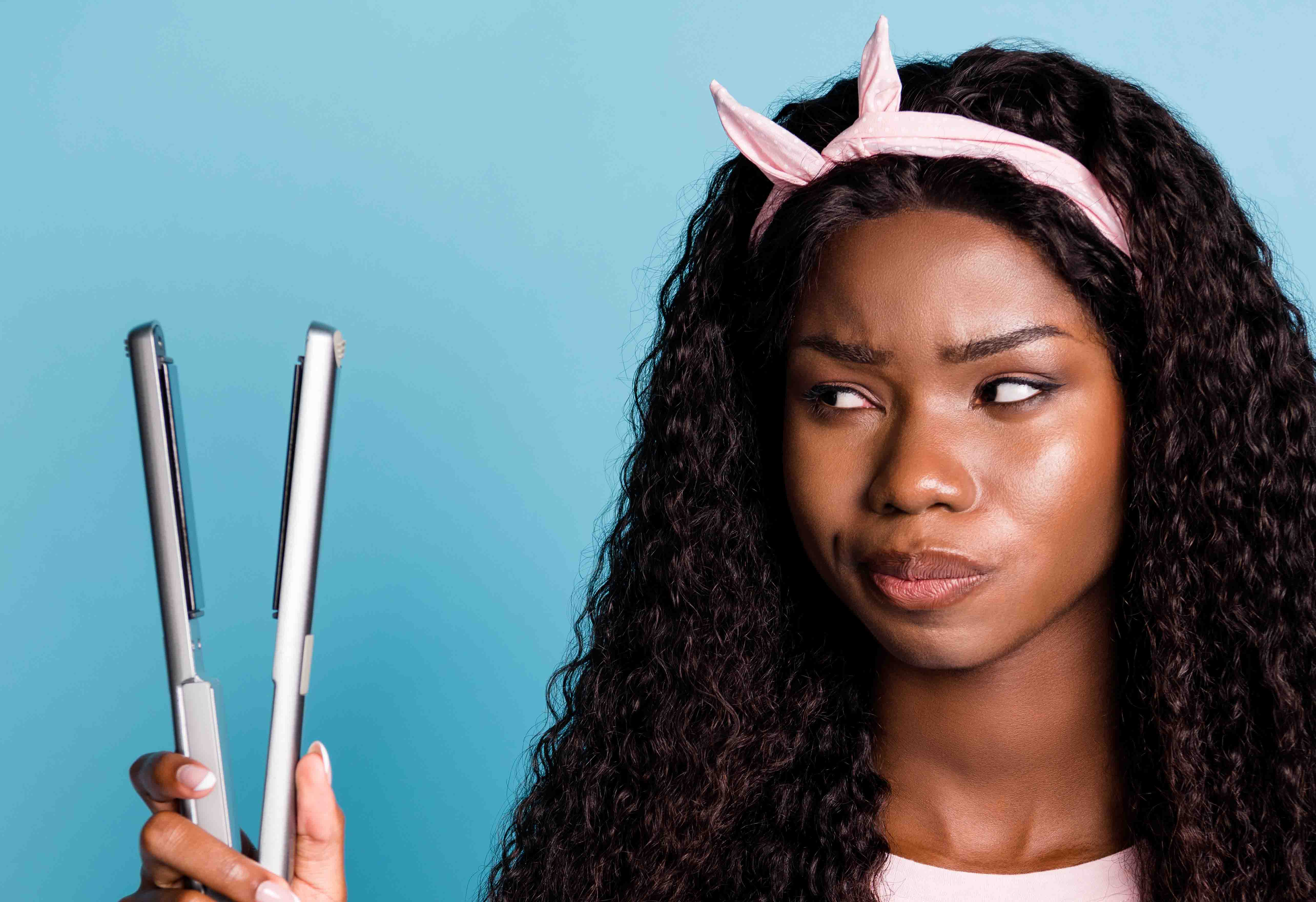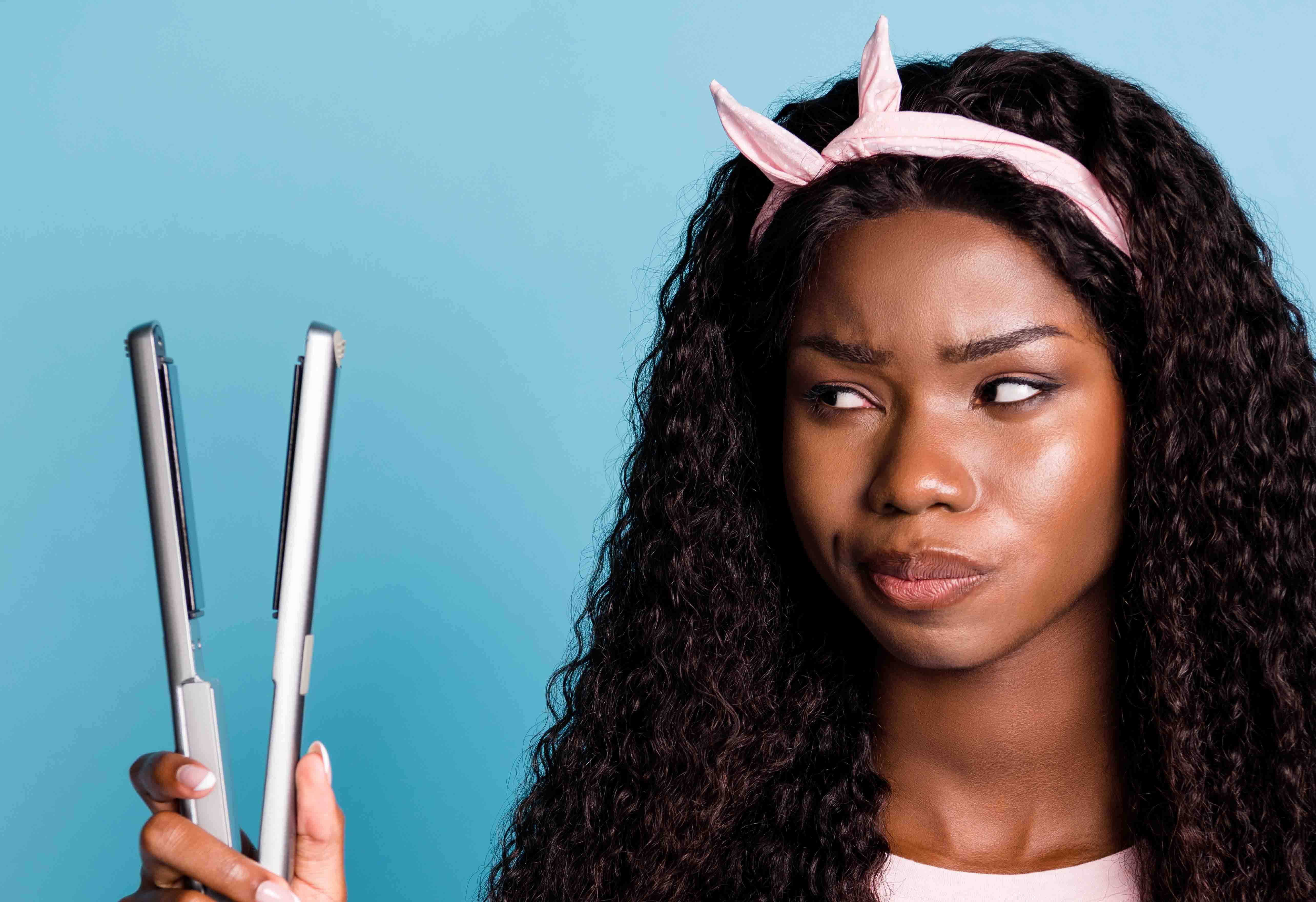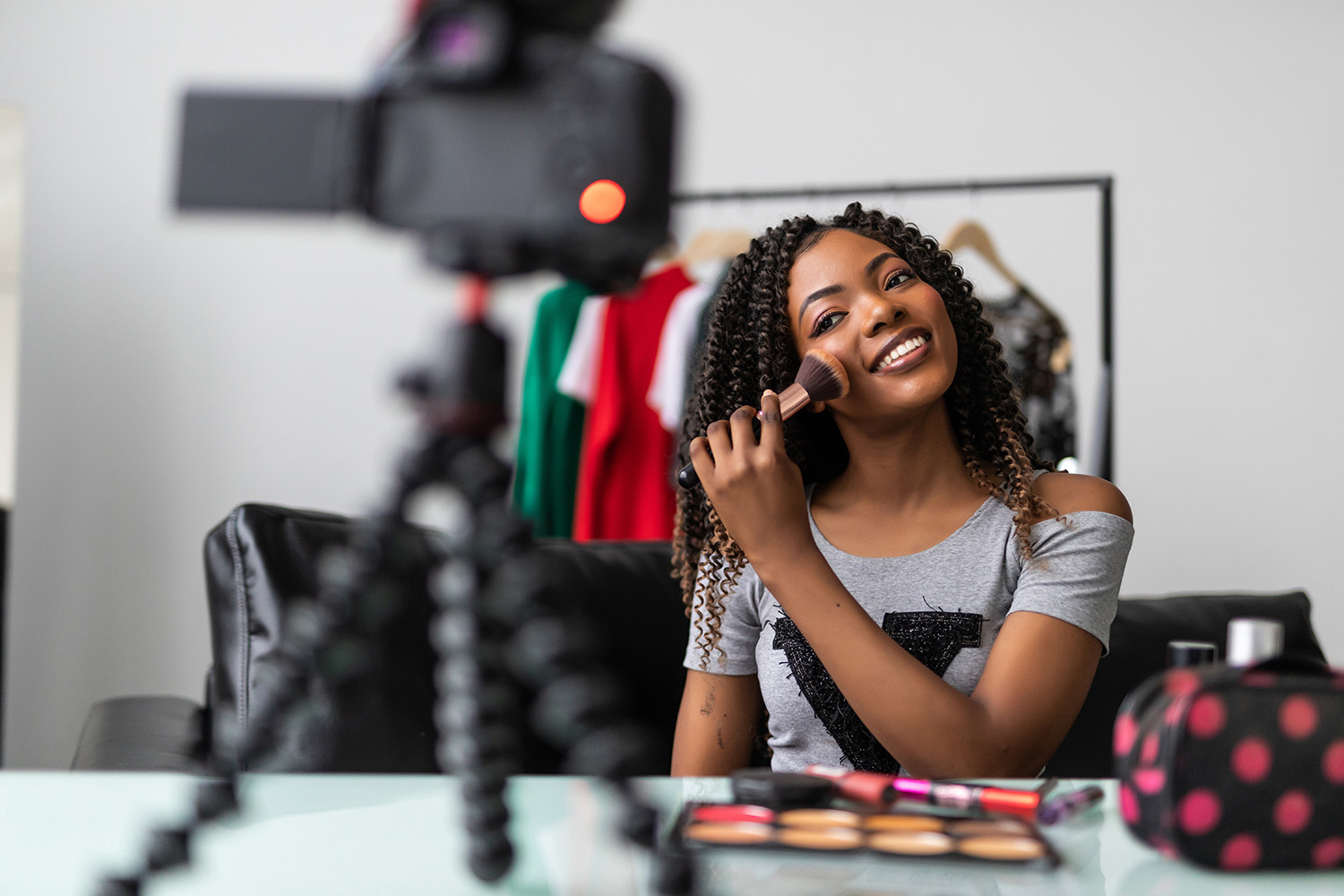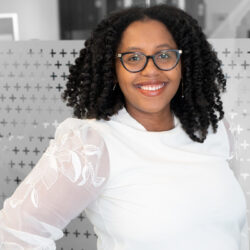
The Rise of DIY Beauty in the Multicultural Community
Filed Under: Shopper
Ashleigh Williams
Senior Director, In-Person Qualitative Research
Baking, zoom parties, and Netflix binge-watching are the things we relied on during the pandemic as our behaviors shifted to adapt to a “new” normal. Another area where we shifted our behaviors during the pandemic was the beauty and grooming category. Starting from necessity of being sequestered at home, most of us were forced to learn and take ownership of our beauty routines and rituals that we might normally have a professional handle. Nielsen reports that the Do-it-yourself (DIY) self-care movement in the personal and beauty categories grew 16% across all channels in 2020. (Nielsen IQ*). But how did this affect more multicultural communities traditionally underrepresented in these mainstream categories?

During this time, multicultural consumers also embraced exploring their relationship with beauty and saw it as an opportunity to learn new skills or try new looks. Hair was a specific area where those with curly hair types took the opportunity to explore their natural hair textures and turned away from hairstyles that required chemical or heated tools/treatments. Socializing via Zoom gave them the confidence to make the time-consuming shift to “natural” which some often saw as daunting, and it provided a place for “trial” of their new looks. Also, the enactment of the CROWN Act in various states across the country made it officially “ok” to explore different hairstyles without the fear of discrimination. DIY nail care also saw a spike as consumers could not visit their favorite nail techs. DIY kits and press-on nails like Nailboo became popular, with many exploring the best techniques to service their manicures.
In addition, different cohorts within the multicultural community drove trends aligned with their cultural beauty philosophies. According to the data, Hispanic consumers were the only cultural group who drove the growth of makeup during the pandemic. By comparison, while many abandoned makeup for a more “natural,” less is more look, Hispanics dove deeper into this category which they are known to historically dominate and love to spend time learning new techniques and perfect applications.
Black consumers traditionally relied on in-culture salon services to maintain their hair due to their unique hair textures and needs. However, with the need to stay indoors, Nielsen mentions the swift transition from salons to homes caused an increase in purchase motivation for Black consumers, who are now 2.4x more likely to buy hair treatments compared to the general population (Nielsen IQ*). In addition to the number of products available for different Black hair types, Black consumers also have access to more Black-owned hair care brands, but access to new skincare and makeup brands has also increased. Brands like Buttah address the needs of melanin skin with familiar ingredients and rituals used in the Black community. Not only are these ingredients natural and therefore eco-friendlier and less harsh, but they also help consumers celebrate cultural practices passed down from generation to generation. OTC Beauty Magazine predicts this trend will continue with more brands using indigenous ingredients (such as yams and nectars) to provide restorative and therapeutic benefits.
More free time meant more time for more extended, more luxurious DIY regimens and rituals. Many adopted a skincare routine for the very first time. Those who already were heavier self-care practitioners may have added a new step in their self-care process, such as a hair mask. This new availability of “me time” heightened a sense of home luxury that was now obtainable/accessible to all regardless of socio-economic status.

With all this exploration and the lack of face-to-face interaction, many took to social media to learn and share their experiences or tips. Tik Tok and Instagram continue to be tools for DIY self-care practitioners to learn new techniques and trends to try out for themselves. Short videos and tutorials are going viral to allow users to learn the proper techniques and see results at the end. A great example is “slugging,” a skincare technique that has seen a resurgence. This skincare “hack” involves coating the skin with Vaseline before bedtime to lock in moisture and promote healthy, smooth skin. From this lack of in-person instruction emerged a new generation of beauty content creators who are willing to share these tips. In addition, celebrity hair stylists gave new “naturalists” digital tips and tricks on how to navigate the product landscape and make do with the ingredients they have at home when in a pinch.
But was this movement just a phase or necessity only during the pandemic? Thus far, the numbers are saying otherwise. Nielsen reports that 15% of surveyed U.S. beauty consumers said they were cutting their own hair, 19% embracing a more natural look, and 26% wearing less makeup overall (Nielsen IQ*). In addition, mainstream companies have joined the fold to offer more inclusivity with new brands like Olaplex and Oui. Fenty Beauty is the pioneer in launching this trend and raising the bar expected by most shoppers. And they continue to break the mold of what is considered beautiful by showing all iterations of beauty. With this new shift to appealing to a wider consumer base, diversity is now a prerequisite for many when considering new beauty products. Brands are now expected to tailor to all skin and hair types.
While there has been much progress, beauty still comes with stereotypes, barriers, and stigmas across all cultural cohorts. In addition, some beauty trends can be mistakenly adapted improperly without the proper cultural context. This is often called “cultural appropriation” and can be hurtful to the culture that originated the practice or ritual. For instance, while “slugging” has recently gone viral on social media, its origins date back quite a bit and are regularly practiced, especially in the BIPOC community. Many BIPOC consumers recall being taught to use Vaseline to lock in moisture after applying lotion, the end step to an extensive moisturizing routine as protection and a way to prevent the appearance of “ashy” skin. Therefore, this trend has received some criticism from the BIPOC community due to the history of often seeing their cultural practices taken by others without the proper credit given.
C+R POV
Why is multicultural marketing important?
It’s important to be aware of cultural appropriation and pay homage to beauty practice origins. History matters and cultures always want to be celebrated for their contributions and the beauty category is no different; especially when a profit is attached. One way to celebrate these cultures is for retailers to champion BIPOC brands/businesses by featuring them. In addition, consider a partnership or allyship to build further authenticity. Who, how, and what should this look like? That’s why consumer research is important as well as cultural immersions.
So what does this all mean for you and your brand?
Representation in advertisement and communications and products has always mattered – and does more than ever now. Representation should be at the heart and foundation of your strategy and now is expected to extend past skin color (age, body size, gender, etc.).
* Source: Nielsen IQ
explore featured
Case studies

